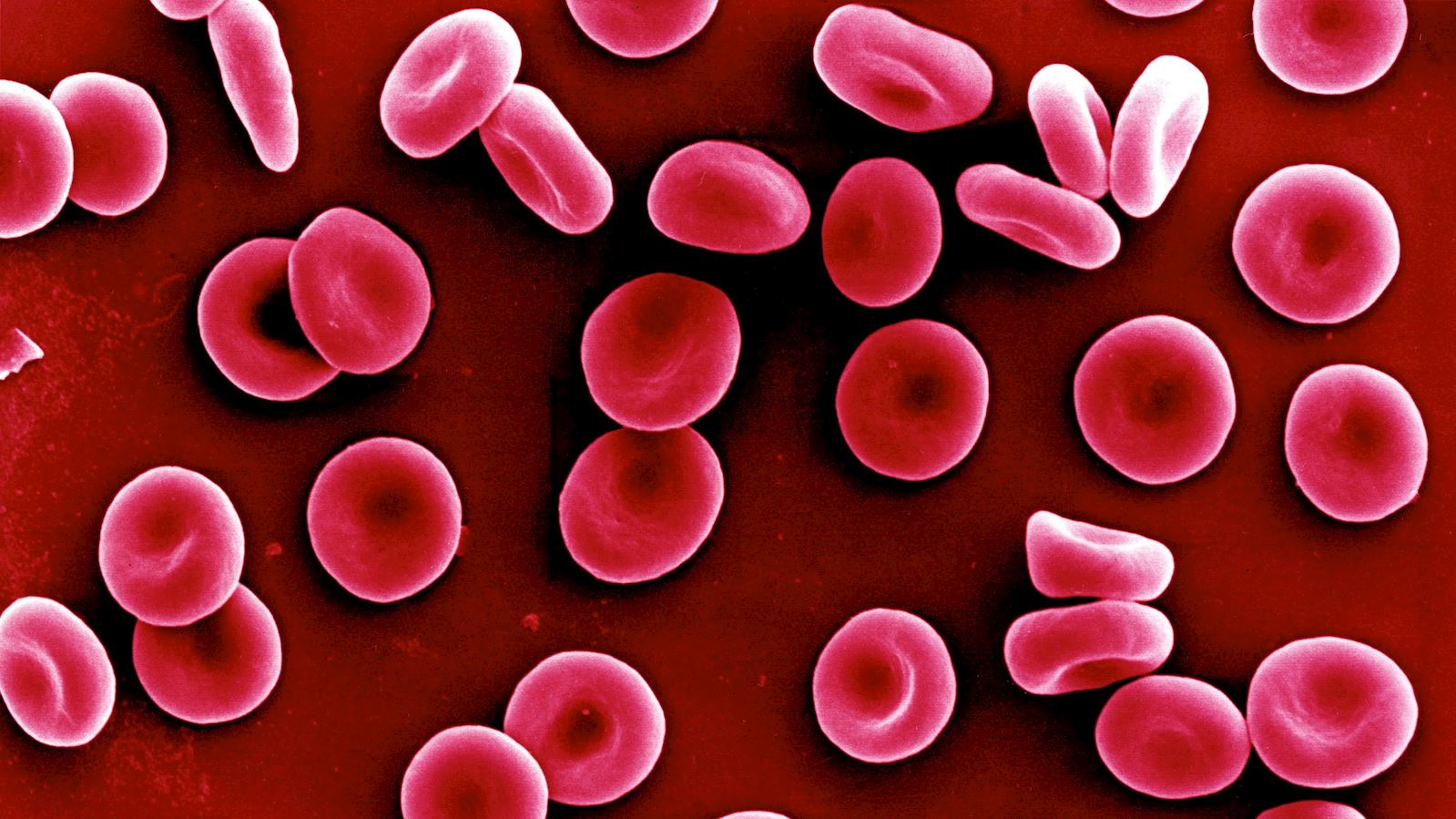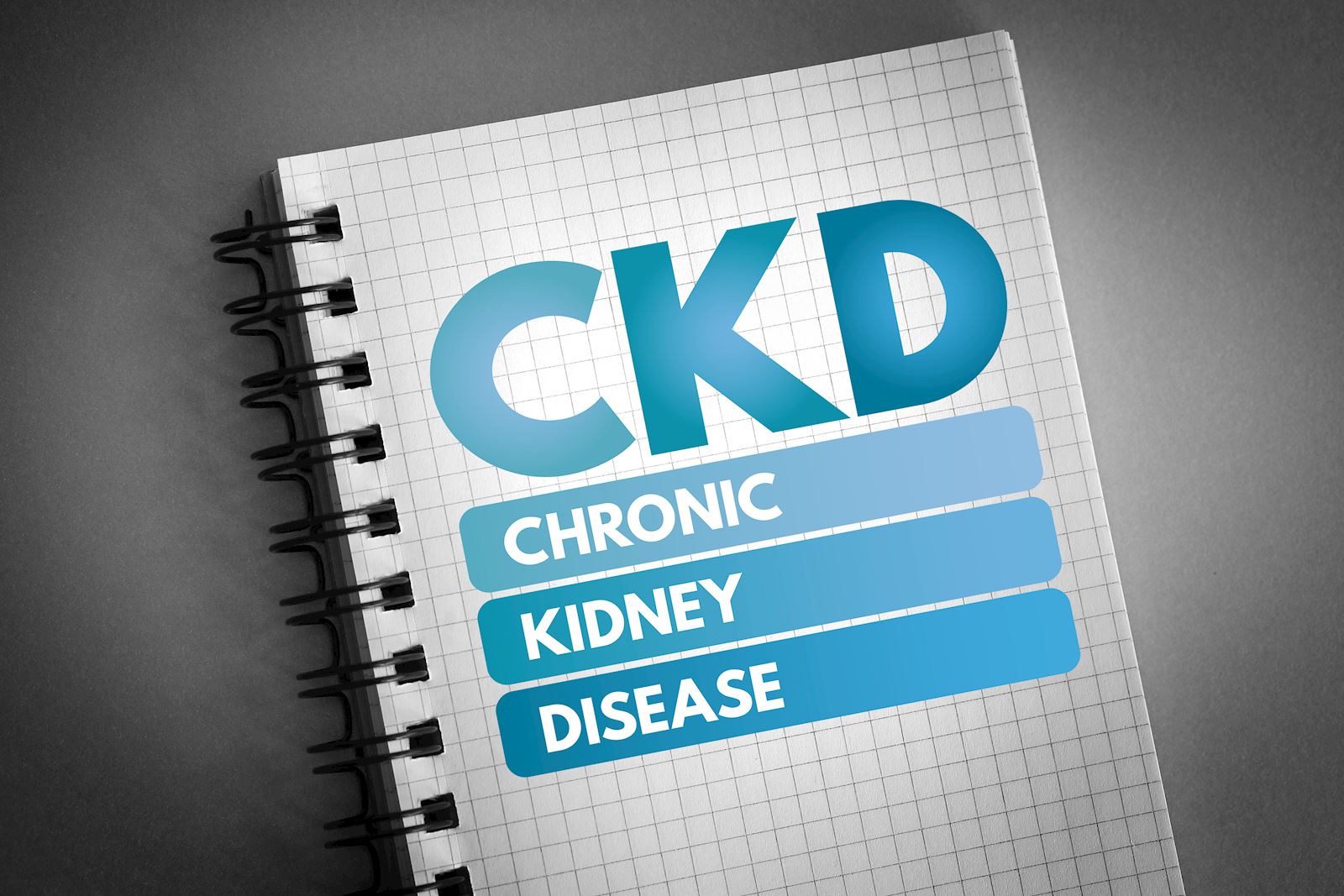Around 3 million people in the U.S. have anemia, a condition where the body has low levels of healthy red blood cells or hemoglobin and cannot deliver enough oxygen throughout the body. Understanding how to lessen the risk — including following a healthy diet — can help treat anemia and improve a person’s overall health.
Causes of anemia
Iron-deficiency anemia is the most common nutritional deficiency and is typically caused by a diet low in iron and other vitamins, but can also be associated with other conditions, including chronic kidney disease (CKD), gastrointestinal diseases and cardiovascular diseases. Since iron is needed to produce red blood cells, someone who is iron deficient can lack the oxygen necessary to keep tissues and organs functioning properly. Causes of anemia can include:
- Age: Chances of developing anemia increase as you age
- Family history of anemia
- Stomach ulcers
- Heavy periods and pregnancy
- Stomach and bowel cancer
- Chronic kidney disease
- Non-steroidal anti-inflammatory drugs (NSAIDs)
- Malabsorption
- Lack of iron in diet
Health risks tied to anemia
Symptoms of anemia can include weakness, shortness of breath, headache, dizziness and bleeding. Left untreated, the condition can result in complications that can affect their heart or lungs. Since the heart must work harder to make up for the lack of red blood cells, it can be taxing on the heart and other organs. Pregnant women who are anemic can also have an increased risk for premature birth, low birth weight and postpartum depression.
Anemia in older adults
Anemia can affect people of all ages but is commonly seen among older individuals. Up to 17% of patients older than 65 years old experience anemia, which can be linked to more frequent hospital admissions, longer inpatient stays and other health complications. Low hemoglobin is also associated with reduced strength and endurance, especially in older adults.
According to a study, seniors with anemia have a higher risk of neurocognitive issues. Specifically, the presence of anemia was associated with a 34% increase in the risk of dementia and a 41% increase for Alzheimer’s disease. In many cases, diet and lifestyle changes can help improve iron levels and reduce further complications.
Treating iron deficiency through diet
Finding the right treatment for an iron deficiency may include multiple approaches, but oftentimes making changes to your diet can have a big impact. Following a balanced diet full of vitamins and nutrients and a variety of iron-rich options can help treat iron-deficiency anemia. Before you make a change to your dietary routine, check with your physician to determine what’s right for you.
Boost iron levels by adding
- Vitamin C to help the body absorb iron. Good sources include tomatoes, oranges, kiwis and broccoli.
- Vitamin B to help the body to make use of the iron. Foods high in vitamin B include salmon, fortified cereal, eggs and low-fat milk and cheese.
- Iron found in iron-rich foods including egg yolks, leafy greens, kale and artichokes.
Other good sources of iron
- Dark-green leafy vegetables
- Berries
- Brown rice
- Poultry
- Lean red meats
- Spinach
- Dried fruits like raisins, prunes and apricots
- Lentils
- Chickpeas
Foods to limit
It’s also important to know which foods to limit in your diet to prevent anemia or reverse the condition. Foods known to block iron absorption should be consumed in smaller quantities if anemia is an issue include:
- Coffee
- Tea
- Soy protein
- Milk
- Chocolate
Mom's Meals® can help
We help make eating better and improving overall health easy and tasty with nine condition-specific menus and 60+ meal options. All our nutritious ready-to-heat-and-eat meals are designed by registered dietitians, created by professional chefs, then conveniently delivered direct to homes.



